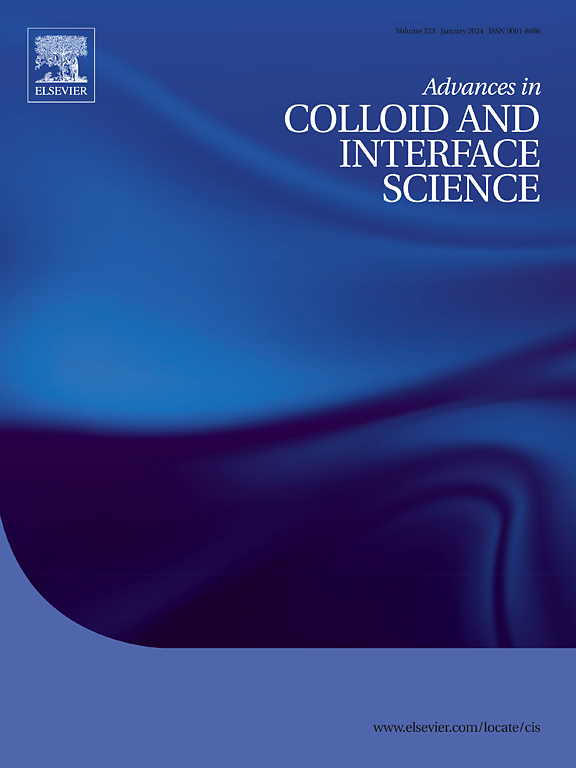Covalent organic frameworks for metal ion separation: Nanoarchitectonics, mechanisms, applications, and future perspectives
IF 15.9
1区 化学
Q1 CHEMISTRY, PHYSICAL
引用次数: 0
Abstract
Covalent organic frameworks (COFs) are a class of porous crystalline materials with high surface areas, tunable pore sizes, and customizable surface chemistry, making them ideal for selective metal ion separation. This review explores the nanoarchitectonics, mechanisms, and applications of COFs in metal ion separation. We highlight the diverse bonding types (e.g., imine, boronic ester) and topologies (2D and 3D) that enable precise separation for alkali, alkaline earth, transition, and precious metals. The influence of COFs' pore characteristics, such as surface area, pore size, and distribution, on their adsorption capacity and selectivity is discussed. Additionally, surface functionalization enhances ion adsorption through electrostatic, coordination, and polarity interactions. Despite significant progress, challenges remain, including optimizing functional design for complex metal systems, improving material stability, and developing cost-effective synthesis methods. COFs also show promise in energy material recovery, biomedical diagnostics, and environmental remediation. Combining COFs with other separation technologies can enhance performance, and integrating AI and robotics in COF design may address current limitations, enabling broader industrial and environmental applications.

求助全文
约1分钟内获得全文
求助全文
来源期刊
CiteScore
28.50
自引率
2.60%
发文量
175
审稿时长
31 days
期刊介绍:
"Advances in Colloid and Interface Science" is an international journal that focuses on experimental and theoretical developments in interfacial and colloidal phenomena. The journal covers a wide range of disciplines including biology, chemistry, physics, and technology.
The journal accepts review articles on any topic within the scope of colloid and interface science. These articles should provide an in-depth analysis of the subject matter, offering a critical review of the current state of the field. The author's informed opinion on the topic should also be included. The manuscript should compare and contrast ideas found in the reviewed literature and address the limitations of these ideas.
Typically, the articles published in this journal are written by recognized experts in the field.

 求助内容:
求助内容: 应助结果提醒方式:
应助结果提醒方式:


